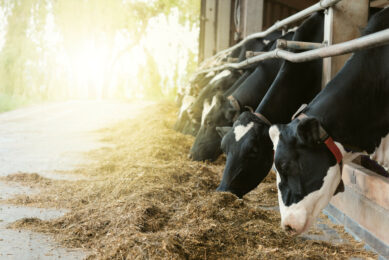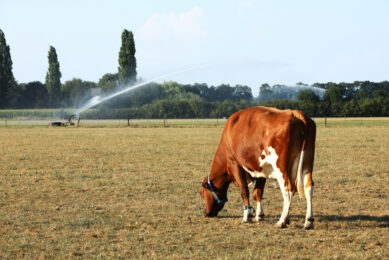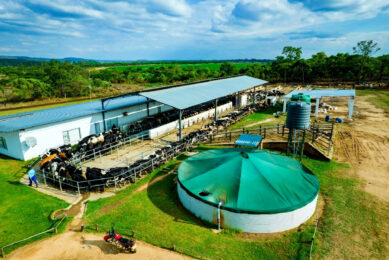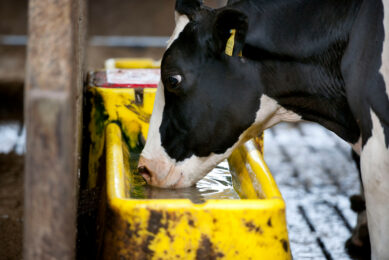From Egypt to Tunisia: North Africa’s rocky path towards self-sufficiency in dairy
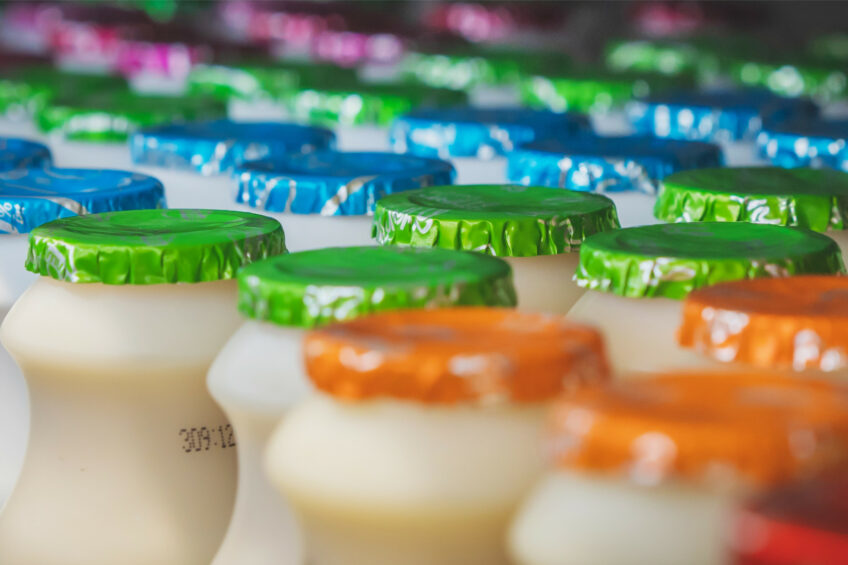
Countries of northern Africa have declared an ambitious goal to ramp up dairy production to better meet demand from a growing population. Achieving this target will not be easy, particularly given the persistent shortage of raw milk and feedstuff in the Maghreb region.
Food security has been in the spotlight in North Africa in recent years since the region braced itself for rapid population growth. For example, Egypt’s population is set to jump from 102 million in 2023 to 120 million in 2030. The number of Moroccan citizens is expected to climb from 38 to 40 million, and other countries in the region are poised for continuous population rise.
Egypt
Egypt is working on its first dairy industry development roadmap, the Animal and Fisheries Research Council, an organisation uniting the Egyptian scientific community, revealed in October 2024. The document will include an industry development roadmap to 2030, said Dr Sobhi Salam, the general coordinator and member of the research council. Under the drafted plan, dairy consumption in the country is set to rise from 61kg to 70kg per capita by 2030, and imports are scheduled to drop to marginal levels.
Additional objectives include boosting dairy companies’ profitability and overcoming several long-standing issues, Salam added. The latter is likely a reference to quality issues. According to Hussein Abu Saddam, head of Farmers Syndicate, Egypt’s raw milk production is close to 7 million tonnes per year, but most of these quantities come from small farmers who lack awareness about proper storage and packaging procedures.
Against this background, Saddam added, Egyptian cheese manufacturers are largely dependent on imported raw milk. The Egyptian Agricultural Ministry estimated that large farms adhering to international standards account for only 10% of Egyptian milk production. Around 20% comes from medium-sized farms, and almost 70% from small backyard operations.
The ministry admitted that the latter two sectors experience a sharp drop in output during the summer months due to heat stress and a lack of automatic cooling systems.
Improving the genetic potential of dairy herds is one of the future plan’s cornerstones, the scientists revealed. Cows should not only become more productive but also better able to cope with heat stress, which is becoming increasingly important in the context of climate change.
Algeria
Adopting a dairy industry development strategy aimed at self-sufficiency is also on the agenda in Algeria, as revealed by the Agriculture, Fisheries and Environmental Protection Committee in March 2024.
Algeria’s needs are estimated at 4 billion litres of milk annually, while local production is limited to 2.5 billion litres. However, Algeria’s path towards self-sufficiency can be straightforward. This gap could soon be filled thanks to a recent agreement between Qatari firm Baladna Q.P.S.C. and the Algerian government, to establish some of the world’s largest integrated agricultural projects in Algeria, with a herd of some 270,000 animals and an annual production of 1.7 billion litres of milk.
The US$3.5 billion project, is also expected to meet nearly 50% of Algeria’s powdered milk needs.
Under the development strategy, the government intends to give additional impetus to developing the dairy industry by facilitating the modernisation of existing operations and opening more sales points across the country.
Morocco
Achieving self-sufficiency in dairy production is not an end in itself, as clearly evidenced by neighbouring Morocco, where the domestic demand was fully met in 2016. In recent years, however, the industry was hit by an unprecedented crisis and output plummeted by nearly 25% to the lowest level in a decade.
Since 2020, raw milk production in Morocco has slumped from 2.55 billion litres to less than 2 billion litres, indicated Mohamed Rita, director general of the Interprofessional Federation of the Milk Chain.
“We used to search for foreign markets to export our dairy products. We are now striving to achieve self-sufficiency for vital products internally,” said Abdelhak El Bouchichi, president of the National Association of Livestock Breeding Technicians.
To some extent, the industry suffered from a persistent drought that has wreaked havoc on Moroccan agriculture over the last few years. The Khemisset region, in the northern part of the country, is a stark example of how the milk production industry was harmed. A few years ago, the region was home to 79 milk farms, but now, less than a dozen remain in operation.
However, Bouchichi warned that more systemic factors are at play here, and it would be wrong to blame the drop in output entirely on the adverse weather conditions. The first indications of the upcoming crisis were seen even before the Covid-19 pandemic, he said. Morocco witnessed a rise in imports of dry milk and dairy products, and several large milk processors imposed a quota on purchasing milk from local farmers. Farmers reportedly complained to the Agricultural Ministry, warning that this practice could eventually be detrimental to the industry, but their voices were not heard.
Tunisia
The picture is similar in Tunisia, where the government declared raw milk self-sufficiency back in 1999. However, the early months of 2024 were marked by a severe shortage of milk and dairy products, long queues at grocery stores, and signs indicating that customers could only purchase only one pack of milk.
According to official information, Tunisia’s milk production has dropped by 300,000 litres per day over the past couple of years. Daily production stands at 1.2 million litres, while consumption is estimated at 1.8 million litres.
Since 2017, Tunisia has lost nearly 25% of its dairy herd (nearly 100,000 cows), estimates Anis Kharbash, a member of the Central Council of the Tunisian Union of Agriculture and Fisheries. Continuing drought and climate change, especially in the southern Mediterranean and tropical regions, have contributed significantly to the decline, although, just like in Morocco, farmers largely blame inconsistent government policies.
Unfavourable weather conditions make local dairy production less competitive than imports. As a result, farmers believe the only reasonable way out of the current crisis is through a comprehensive government programme involving support for farmers and protecting the market from foreign supplies.With some variations, farmers across North Africa are calling for similar measures.
Join 13,000+ subscribers
Subscribe to our newsletter to stay updated about all the need-to-know content in the dairy sector, two times a week.



